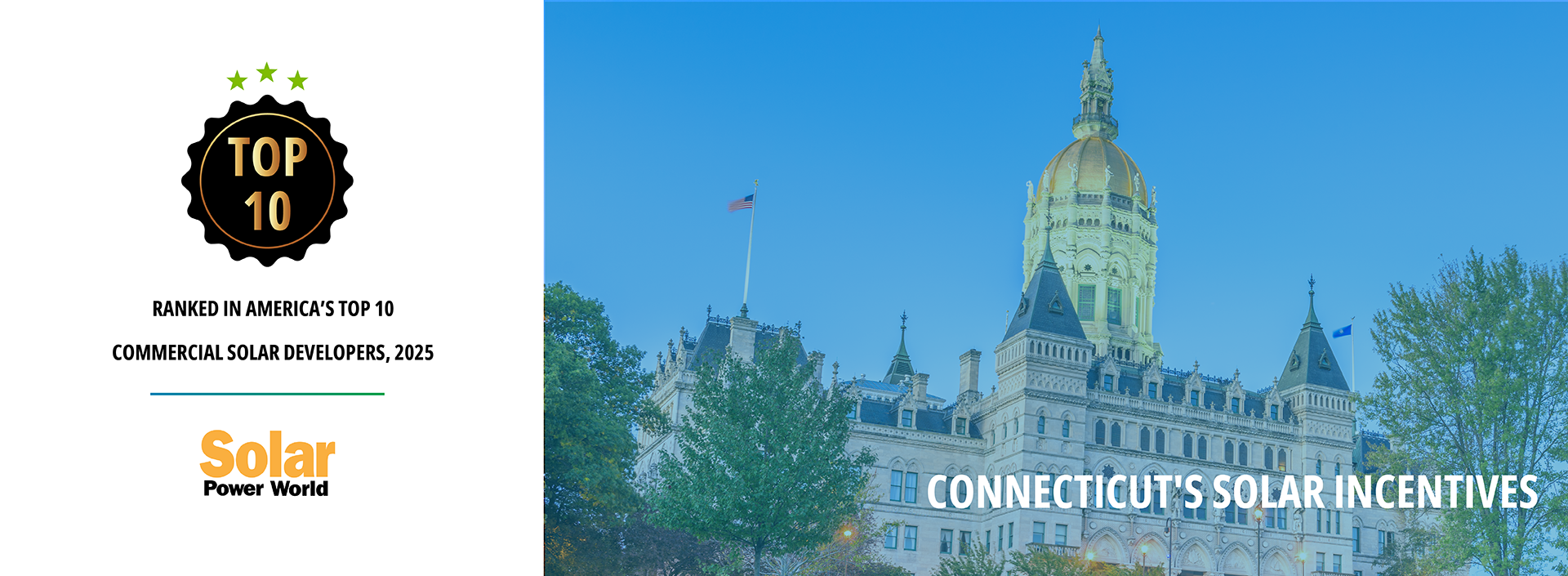

Our new solar PV system fosters our sustainability efforts besides powering our operations and reducing our monthly energy costs. Solect was great to work with throughout the process, helping us navigate engineering, local permitting, other necessary approvals, ongoing maintenance, and more.
BRIGHTFEEDS, BERLIN, CT
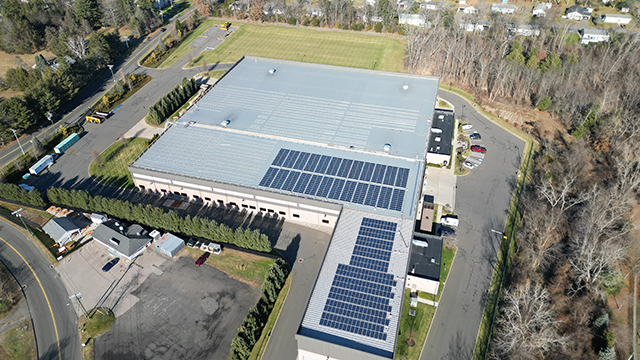
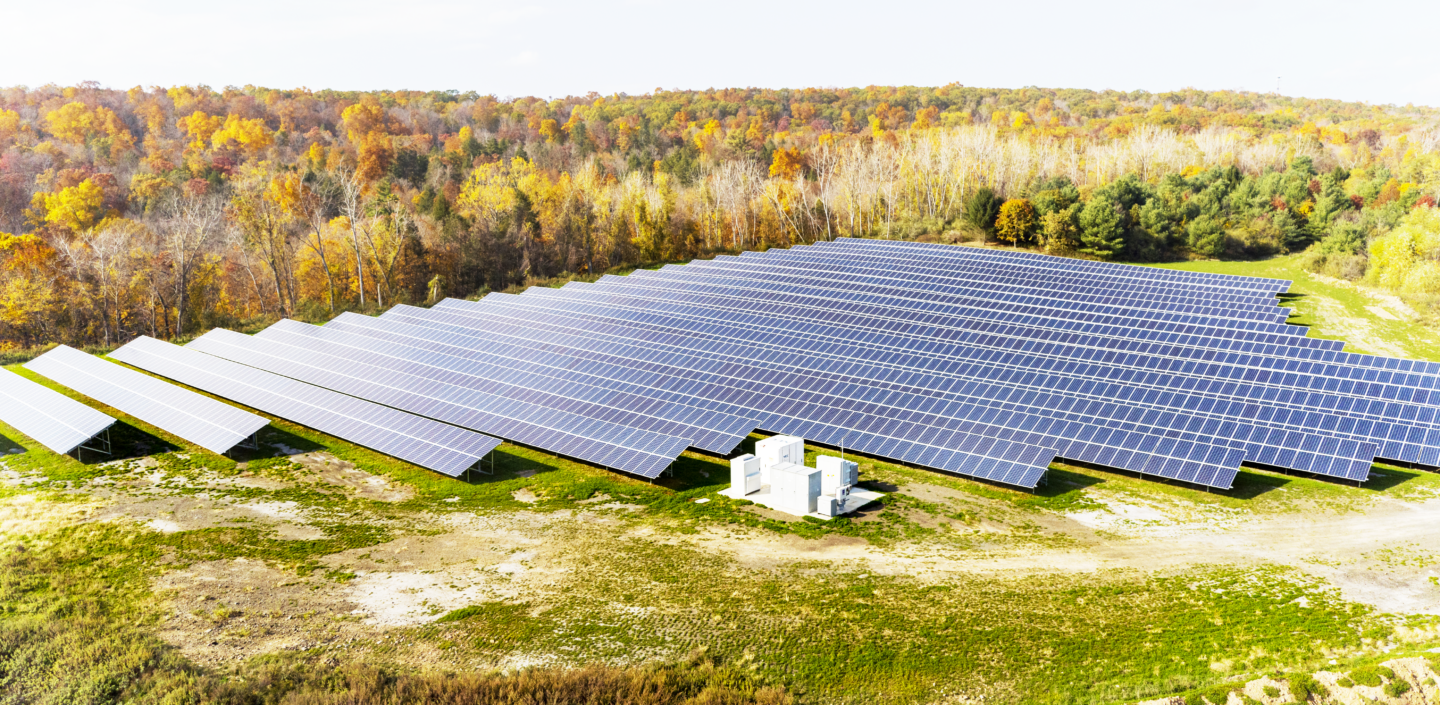
Benefits for non-residential solar projects in Connecticut
- Federal tax credit (30% or more)
- REAP grants
- High and volatile grid electricity prices encourage businesses to consider solar adoption
- Robust solar Incentives offered by the state
- Rebate programs incentivizing energy storage projects
- Incentives for on-site and off-site solar projects
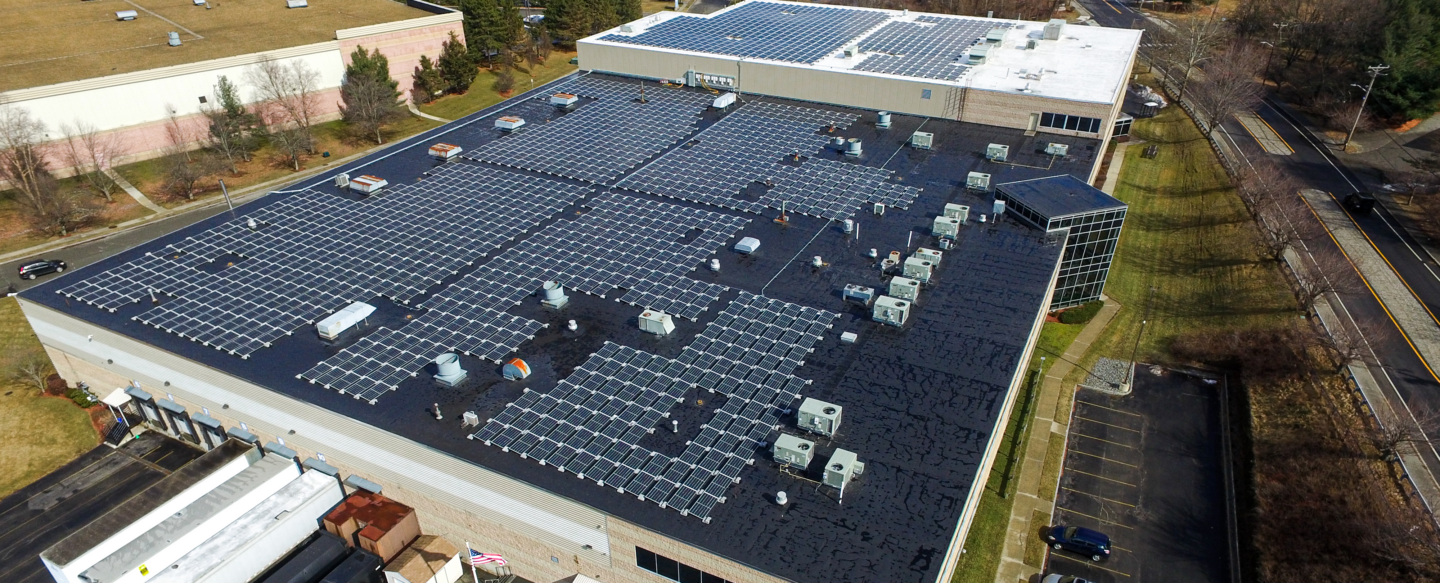
Non-Residential Renewable Energy Solutions (NRES) Program Incentives
- Incentives for commercial-scale projects.
- Incentive application windows open in February and August.
- Finalize project details and prepare bids in advance to win incentives.
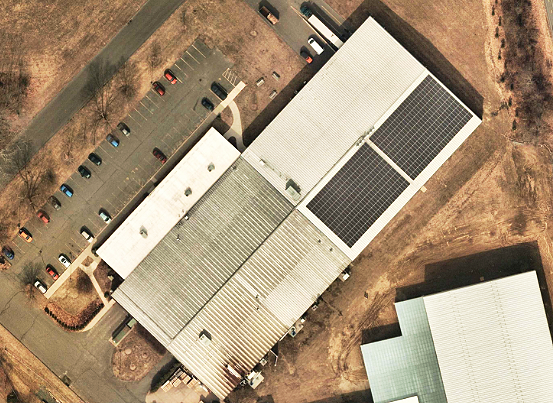
Program overview
Small project category :
- Supports behind-the-meter and front-of-the-meter projects at or below 200kW AC of solar capacity.
- Receive fixed compensation amounts and are awarded to applications that are most complete and furthest in development.
- Offers a fixed incentive value for 20 years
- Perfect for owner-occupied C&I businesses and public buildings.
- Requires roughly 30,000 SF of roof area.
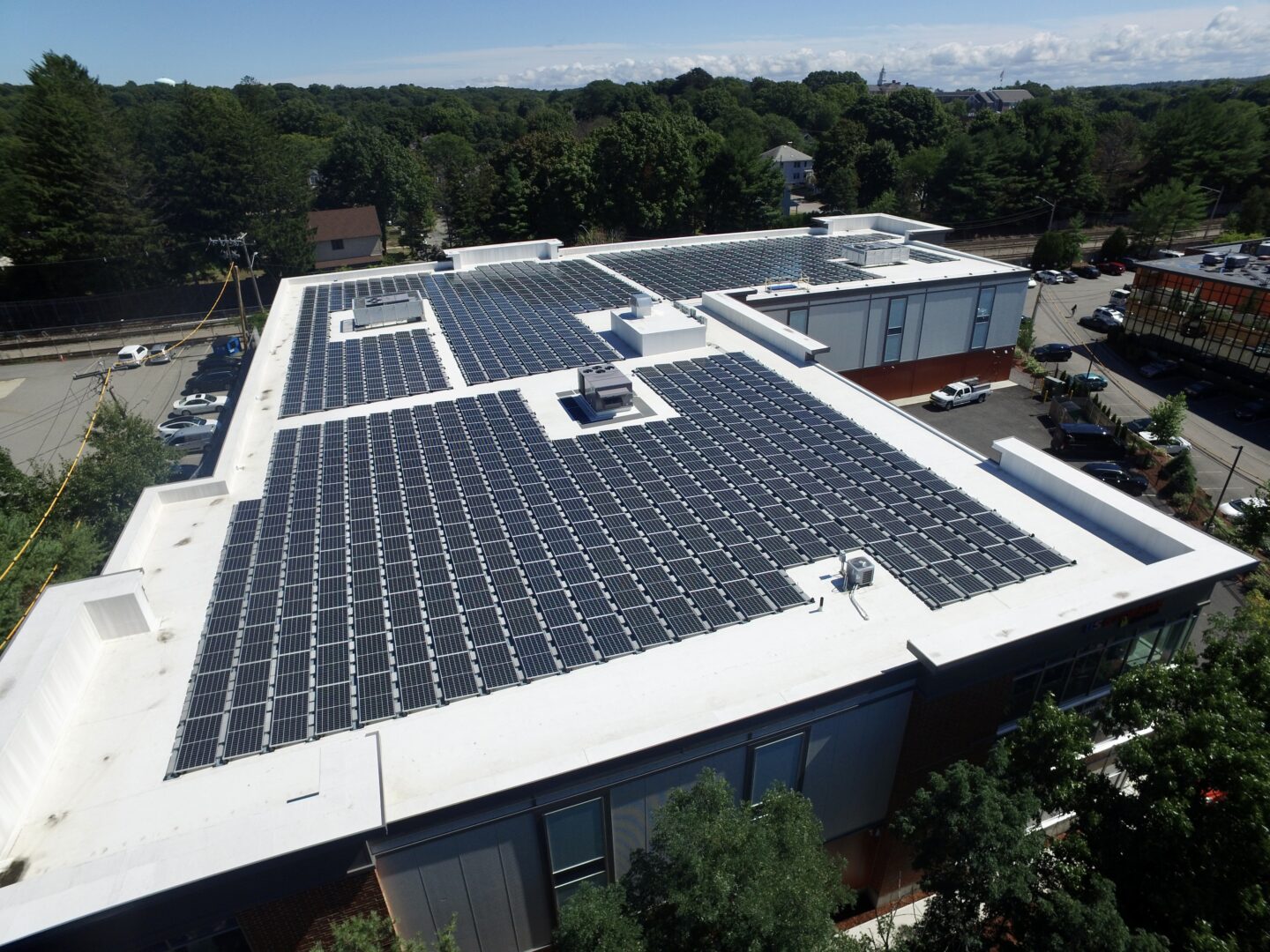
Medium project category:
- Caters to behind-the-meter and front-of-the-meter projects above 200kW AC up to 1MW AC.
- The competitive solicitation window stays open for 6 weeks. The lowest bidders win incentives until capacity is exhausted.
- Requires bidding for compensation amounts, which may vary based on the site’s Class of Meter. Partner with an experienced solar provider to set competitive bids and accurately model project economics.
- Net metering ensures retail rate compensation for excess generation by behind-the-meter projects.
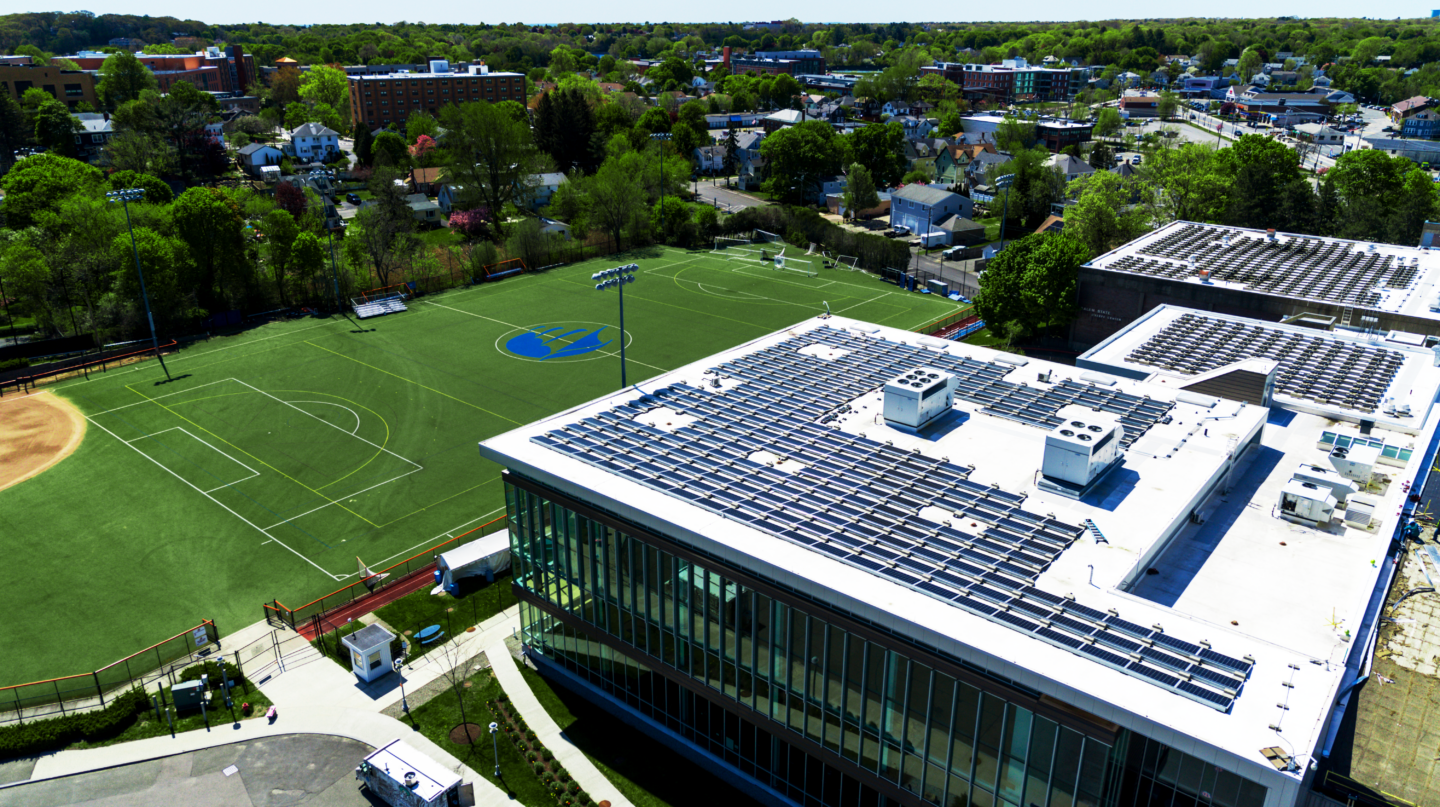
Additional notes on NRES,
- Preference for incentive allocation given to distressed communities and other eligible entities.
- State, Agricultural, or Municipal (SAM) entities can enjoy additional flexibility for onsite energy and offsite credits.
- “Buy All” incentives are designed for front-of-the-meter projects, while “Netting” incentives are applicable for behind-the-meter projects.
- For further details, refer to the NRES program manual.
The Energy Storage Solutions program*
Overview: Energy Storage Solutions is designed to help businesses as well as public and nonprofit organizations install battery storage systems, lower peak demand at their facilities, and reduce energy costs. The program changes the economics of battery storage in Connecticut while aiming to modernize and stabilize the state’s electric grid.
*This program is overseen by the Public Utilities Regulatory Authority (PURA), paid for by ratepayers, and administered by the Green Bank, Eversource, and UI.
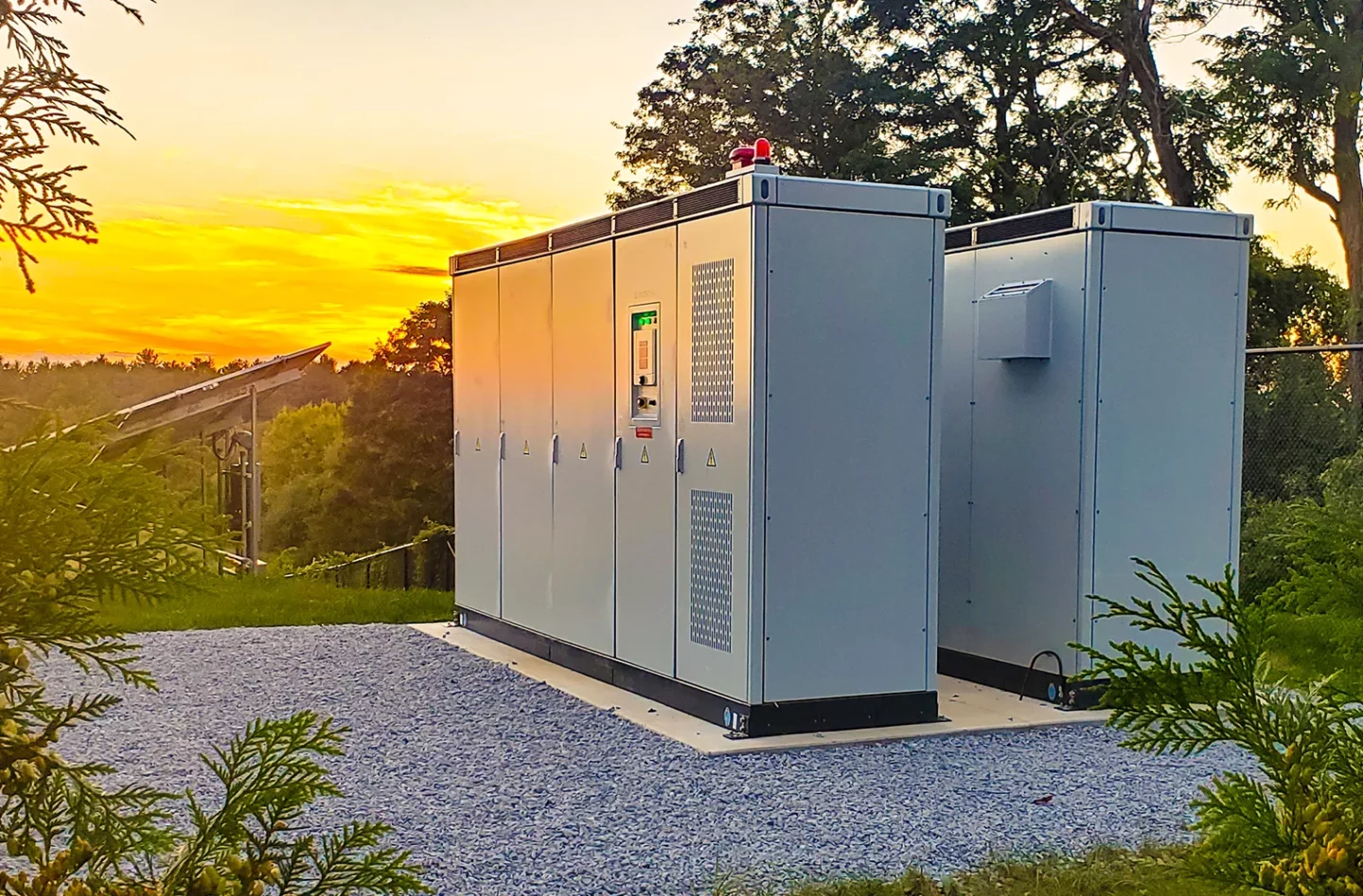
Benefits
- Upfront incentive payment: Offsets the capital cost of the battery purchase and installation. Refer to the following table to learn more about the incentives.
- Performance-based incentives: Payment for every kW of battery service to the grid.
- Energy resiliency: Keep your facility running with resilient batteries providing backup power.
- A sustainable energy solution: Use energy that’s cleaner, quieter, and better for the environment.
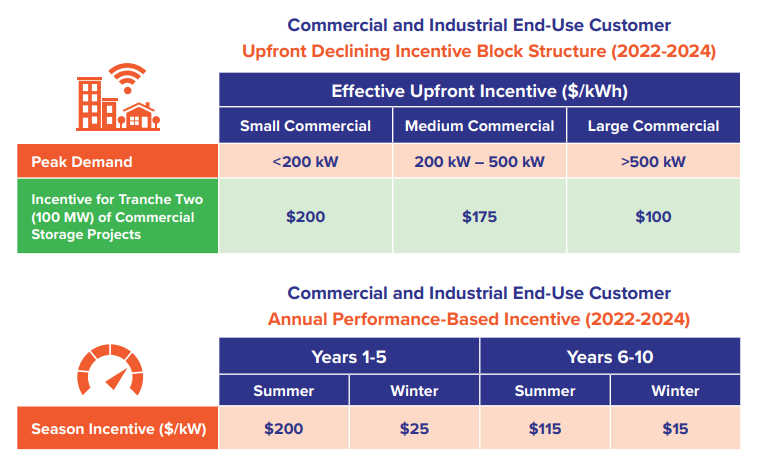
Information courtesy: portal.ct.gov
The power of Power Purchase Agreement (PPA)
Even if an immediate investment in solar energy isn’t on your plan, we can still support you.
Through a Power Purchase Agreement (PPA), your solar project can receive financial support from a third-party investor like Solect. Here’s how it works: Solect leases your property to develop, own, and manage a solar energy system on it. In exchange, you purchase the electricity generated at a substantially lower and fixed rate for an agreed-upon period, typically 20 to 25 years.
Additionally, Solect partners with PowerOptions, the largest energy-buying consortium in New England for public and non-profit entities, to offer a Solar and Storage Program with several advantages beyond a standard PPA – from faster system deployment, easier management to maximized savings, and more.
Why Solect: our differentiators at a glance
Excellence in quality, safety, value, and performance forms Solect’s cornerstones.
Our consistent process delivers outstanding results for our clients.
Assess project site(s) and current and future electric profile
Present analyses and recommendations on financial benefits
Contract, engineer, and
develop
Construct, interconnect, and commission projects
Optimize your solar ROI
with cutting-edge O&M services
Asset and performance management,
and compliance
